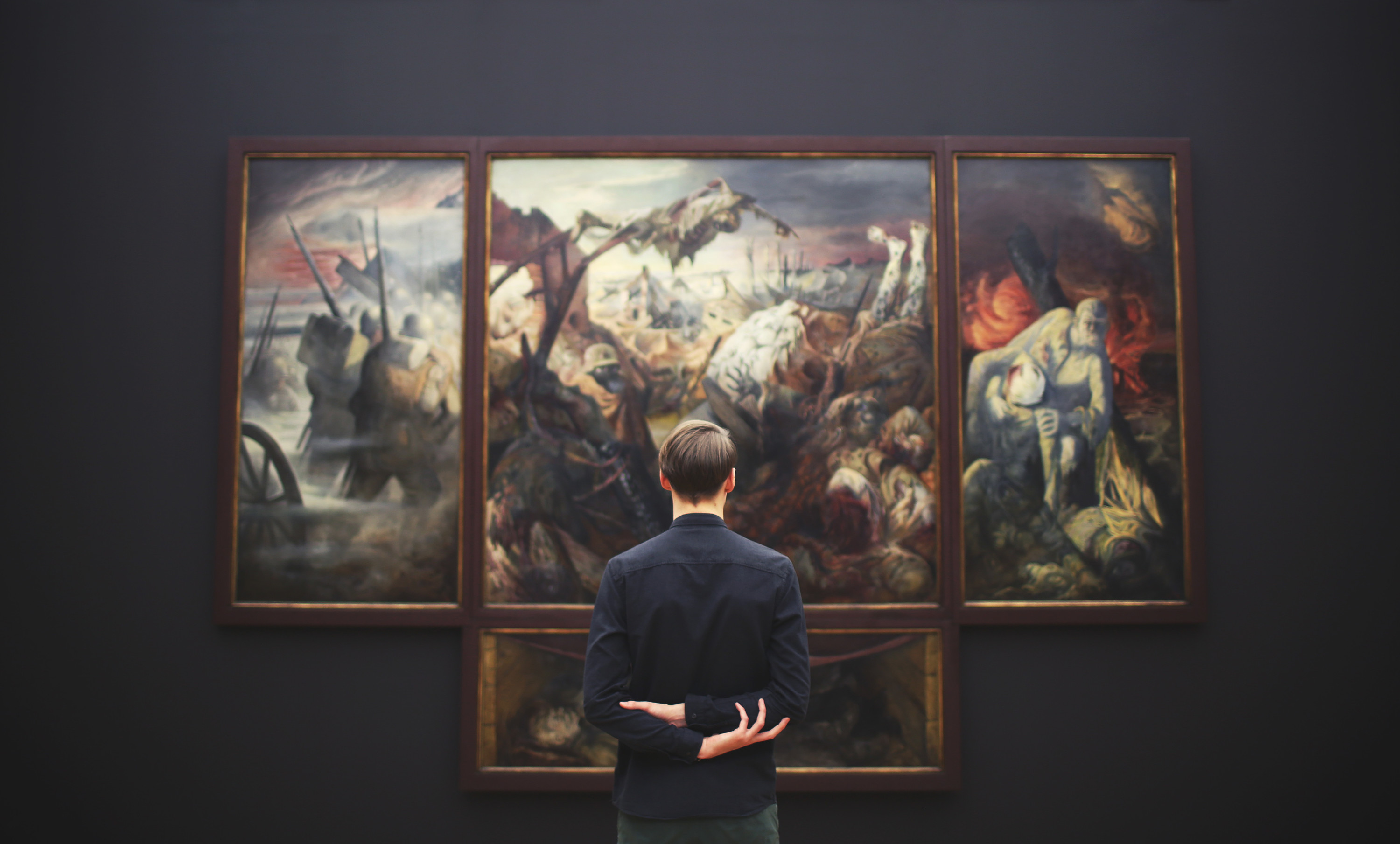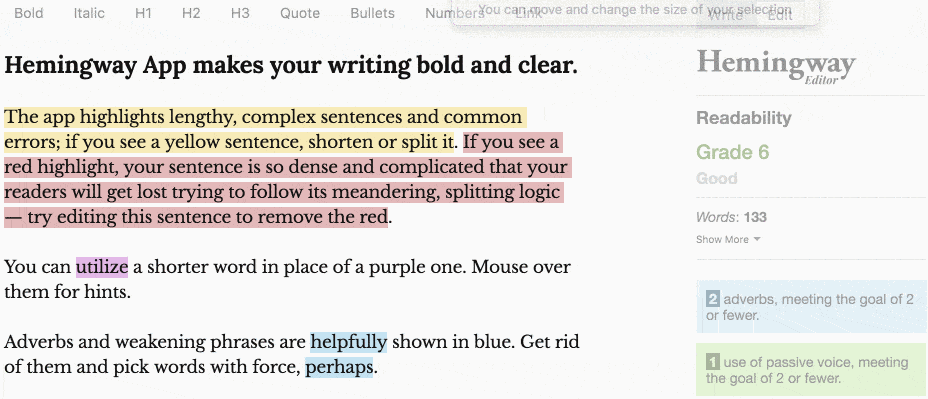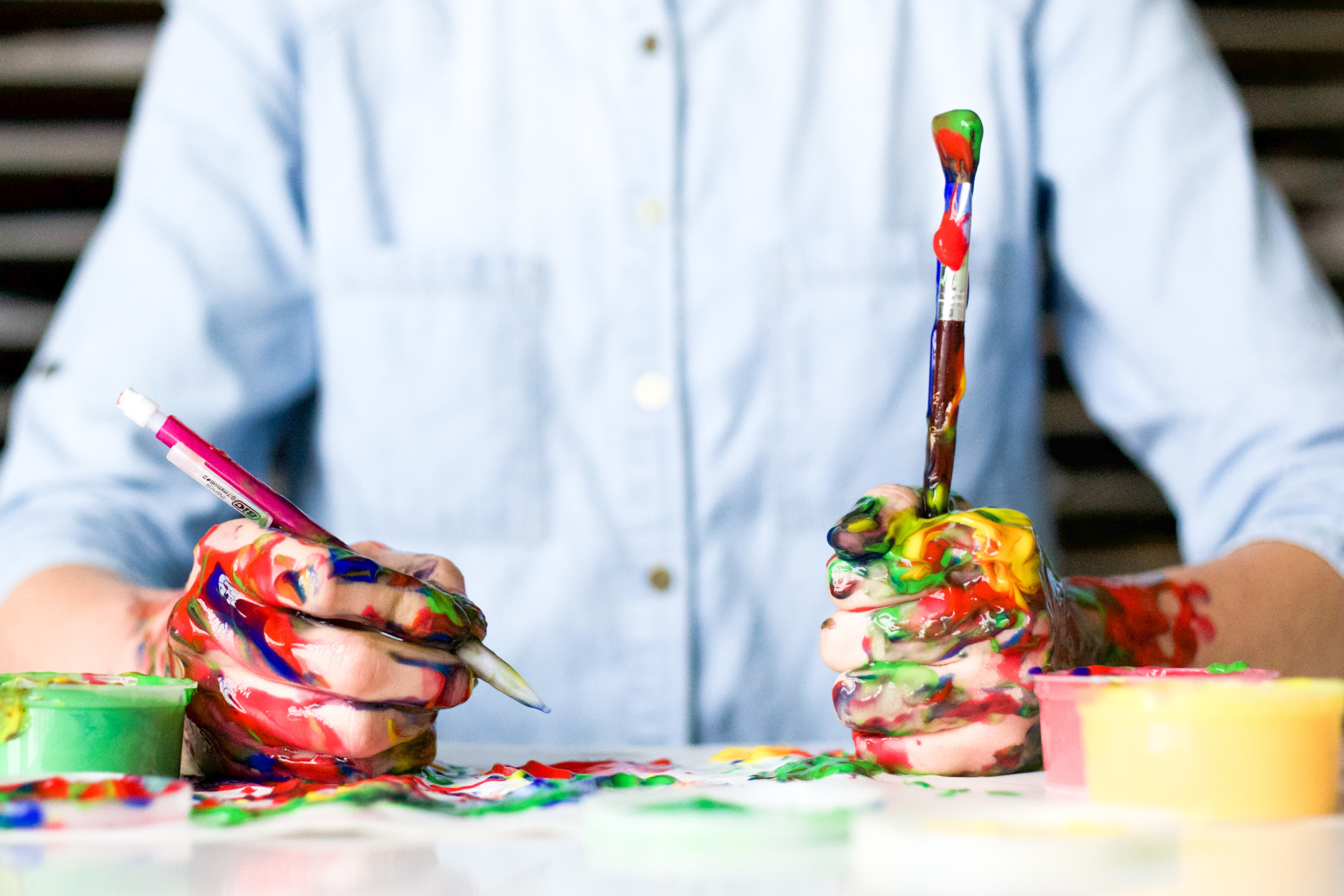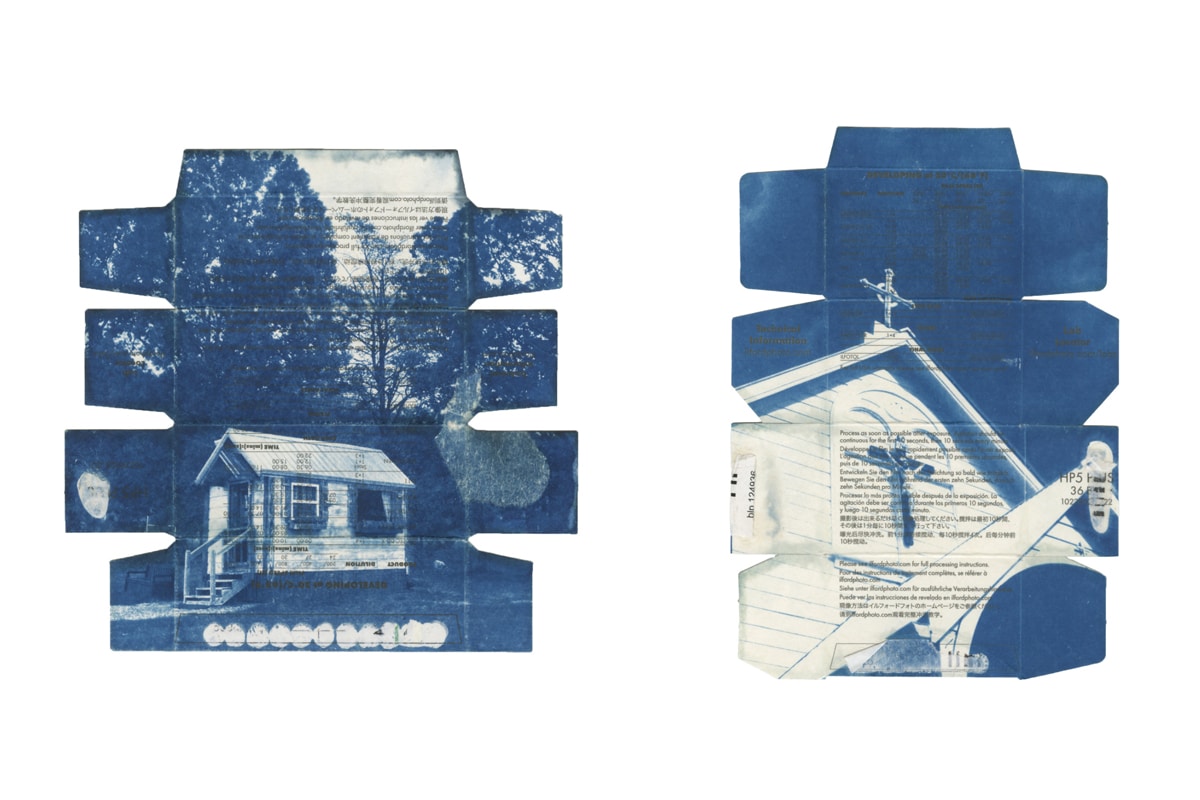For many artists, it’s a difficult challenge to explain their visual work in words. It almost seems like an oxymoron, but writing is a necessary evil for everything from grants to portfolio “about” pages. The most important thing for artists to write is their artist statement. It can greatly dictate how people view your work, whether you like it or not. A boring statement for exciting work can do a great disservice to the artist—and the world is full of boring artist statements full of abstract language that doesn’t accurately represent the work.
An artist statement should briefly describe how the artist works, and what their work means. It is no longer than a page and can be as short as one hundred words. You can use it for galleries, press mentions, art portfolios, applications and submissions. To write a powerful artist statement it’s important to:
- Describe your artist works and what your work means.
- Incorporate your personality and dig deep to find your voice.
Try to approach writing a statement as an invigorating challenge. Going through this exercise can lead to new ways of thinking about your practice and can propel you towards positive changes. Your artist statement is not a comprehensive description of your work—instead think of the statement as leading into the work.
To help you write an artist statement worthy of your art, we put together this step-by-step process. We’ve also included a handy do’s and don’t’s checklist to ensure you avoid common mistakes.

1. Make a mind map.
First you need to get an overview of your work. If you try to jump right into your statement you might miss connecting the reader to overarching themes. Mind maps are a simple brainstorm strategy that really work. It might seem silly or that you’re back in elementary school but it’s standard for a reason.
Sitting in a quiet place, like your studio, write down anything that comes to mind about your work. How does it connect? What repeats? What collides together and stands out? What is the most unique? The answers to these questions are likely the guts of your statement. This simple strategy can kick off the process in a lighthearted and easy way.

2. Interview yourself
Sometimes mind mapping isn’t enough because you can get trapped in the same words over and over again. It can be hard to get out of your head. Another strategy is to either interview yourself, or better yet, have a friend interview you.
Set up some important questions, then record yourself speaking the answers aloud. This can be a fantastic way to avoid using complicated language, and keep your ideas clear and simple. It will also provide a conversational tone to your writing (i.e. not sounding pretentious). Listen back to the recording. Then transcribe a few good sentences. Suddenly, you’ve already started the artist statement that you dreaded.
Now sure what questions to ask yourself? Here’s a starting list:
- Who is your audience?
- Who are your influences?
- Explain your work to a child.
- How do you make your work?
- How do your materials inform your concept?
- How is your work unique?

3. Outline necessary information
When you’re working with big ideas, it can be tempting to slip into abstractions. These are words that encompass big ideas but lack specificity. According to associate English professor John Friedlander, examples of abstractions include: love, success, freedom, good, moral, democracy, and any -ism (chauvinism, Communism, feminism, racism, sexism).
“Does this mean we shouldn’t use abstract terms?,” he writes. “No—we need abstract terms. We need to talk about ideas and concepts, and we need terms that represent them. But we must understand how imprecise their meanings are, how easily they can be differently understood, and how tiring and boring long chains of abstract terms can be. Abstract terms are useful and necessary when we want to name ideas …but they’re not likely to make points clear or interesting by themselves.”
Your artist statement needs specific information. It can be helpful to make an initial list of essential information which becomes the skeleton for your statement. By clearly stating this information, your writing can be more concise.

4. Avoid jargon
It is important to watch out for jargon. Artists are often guilty of using unnecessary and fanciful words. Some artists feel they need to embellish language to legitimize their work, but this often achieves the opposite effect. The more jargon used the more the work appears insecure.
Instead of explaining with academic language, find a way to simply lead the viewer into the work. The statement is not a representation of the work but a strategy to get people interested. It is is more of a teaser. It’s the elevator pitch, not the novel—allow the writing to excite the reader about viewing the work.
Avoiding jargon doesn’t mean dumbing down your work for a mass audience either. It means using the most specific language with economy. If you are reading Derrida as an essential reference to your new work, definitely say that. But don’t say “As a significant reference point to my research based practice I have been absorbing the astute work of Derrida initially to commence this new body of work.” Instead try: “Initially, Derrida was a reference for my new work.” See, wasn’t that a relief!

5. Write in the “active” voice
Using the active voice in your writing accomplishes a few things. It allows your writing to be as brief as possible. It also keeps your work in the present. This makes it feel current, important, and urgent which is especially impactful when applying for grants or residencies. It makes it feel like that work is happening now rather than already achieved. A handy app as a first editing strategy to keep in active voice is Hemingway Editor. This online app screens writing for passive tense, adverbs, and run-on sentences.
Before handing the writing to an outside reader you want to sharpen the writing as much as possible. After running it through Hemingway Editor, there are a few other helpful strategies. First, take a break, go for a walk, or take a nap. Then return to read it through again. Creating distance from the writing is a major key to editing. If you’re too absorbed in writing you won’t be able to see it with fresh eyes.
Another tool that is helpful is a text-to-speech app to read it out loud. Listening to a robotic voice instead of the voice in your head allows mistakes to surface. Suddenly grammatical errors, unnatural tone, or poor sentence order are apparent.
Also, consider the order of paragraphs in your statement. Sometimes, we edit until we realize that the whole piece of writing needs reordering. Do yourself a favor and consider this early on. It can save a piece of stale writing, suddenly make it more concise and shorten it to your maximum word count in a snap.

6. Use proofreaders—at least three!
There are few documents more important than your artist statement. Honor its importance by scrutinizing it with as much outside feedback as possible. Try to choose proofreaders with different skills. Include someone who understands your art work, someone who’s an expert writer with great grammar and lastly, someone who doesn’t know your work. Make sure not every person is an artist—readers should be able to understand your statement without knowing all the references or terms.

7. Create different versions for different opportunities
Artist statements are the cover letter of the art world and, just like a cover letter, you should modify your statement for the application. This doesn’t mean adjusting what your work is about, it means shortening or lengthening it depending on requirements of the application. It could also mean emphasizing different aspects of your work. If you apply for an opportunity at a print studio but your artist statement doesn’t shine a light on your interest in 17th century etching, you should slice something out and add this information. If you’re applying at a university you will want to emphasize more academic language. If you’re providing a statement for a public gallery space you want to keep language conversational and simple. Each statement should consider the context for the statement.
Bonus: The Do’s and Don’ts Checklist
Do
Get to the point
Include precise references
Use active voice
Use many editors
Be specific
Be clear
Match your writing to your work
Change your statement based on the opportunity
Draw the reader into your world
Don’t
Use jargon
Generalize
Use passive or inconsistent voices
Include unnecessary but pretentious references
Include biographical information (this should be only used in a bio or CV)
Romanticize
Use statements starting with “I hope to…” , “I will…” or “I am trying to…” instead tell say what you do with confidence












